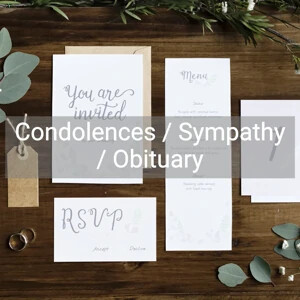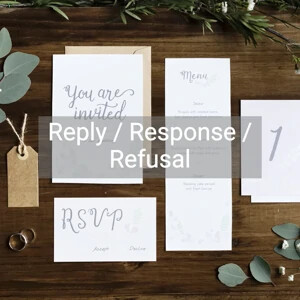Reply / Response / Refusal


There are numerous ways to reply or respond to a mail / e-mail. In general, the response should be prompt, specific and helpful to the recipient. Before writing the reply, you should first:
The response letter is a good opportunity to demonstrate customer service, thereby creating and reinforcing a good image for your brand (whether it is personal or business) and maintain customer loyalty.
Recipient - Address to the person who sent the original letter. Be sure to start with a polite title, such as "dear", followed by the other person's name. Use Mr, Mrs, Ms or other prefixes followed by the last name if you don’t know the person well. Greet this person directly, instead of using a generic opening, such as "To whom this may concerned." Make it clear that you are responsible for responding and communicating directly with the recipient.
Tone - Use a courteous, professional and conversational tone.
Introduction - Mention early exactly what you are responding to and what you are providing. Let the recipient know that you are responding to his / her letter within the first paragraph. This assures the recipient that his / her letter has been received and processed.
Clear and Direct - Answer the enquiries in the original letter as directly as possible. Address each question or concern raised separately and as completely as possible. Be clear and direct in your response to avoid ambiguity.
Concise - Keep it short and simple. This means that you should know exactly what you want to say; try to express it in the shortest possible words. A few words per question is enough to answer the person's initial inquiry. The shorter your responses are, the more likely that they are read and understood.
Explanation - If you can't meet the request of the recipient, clearly acknowledge it. Provide the explanation needed to ensure a clear understanding. If you need more information from the recipient in order to respond, ask for the information politely. If possible, provide additional and complete information that is relevant to the recipient.
Apology - If you are at fault, express your regret but do not be excessive. Accept the responsibility for the fault and do not suggest the recipient shares the blame. Remember to be polite, apologise where necessary and say that you hope to continue business with the recipient. Where there is potential litigation, you should consult a lawyer and your insurance company before admitting any liabilities.
Thank you – You should thank the person for writing about the issue whether you can answer their queries or not. Being polite and appreciative will help you maintain a positive relationship with the recipient even if they are not fully satisfied with your response.
It is not easy to write a refusal / rejection letter to convey bad news. The letter itself conveys negative emotions, and you must strike a balance between firmness and politeness. You have to convey the message in a way that does not offend the recipient and you only have one chance to get it right. Be diplomatic in dealing with the refusal as much as possible, especially when writing to an angry complainant.
Tone - When rejecting a request, be sure to use an understanding tone, but at the same time give a firm answer. You message should be simple, clear and not ambiguous – “no” means “no”, but you can express it in a less blunt manner. Your rejection letter should be brief and concise.
Explanation - You should always try to give a fair and reasonable explanation for your rejection based on facts and not emotions. This will help to preserve goodwill and ensure that the recipient will see your explanation. One way to blunt the rejection is to give your reasons first then say no. That will help to blunt the rejection. It will also help to explain your reasons for rejection if you can gather evidence you need to support your position. Give reasonable grounds and don't make excuses.
Express Regret - Sincerely express your regrets after explaining why you have refused or rejected the request. It is not necessary to achieve the goal in an indirect way. It may convey a wrong message. That said, don't highlight rejection. Obviously, you don't need to use bold or underline to indicate your rejection. The rejection should only be mentioned once at the start and there is no need to repeat it. Expressing regret will help to make the rejection sounds less offensive.
Courteous and Polite - Be courteous and polite, even in the case of a refusal / rejection. Don't need to be emotional, sensitive or personal. Don't ridicule or make fun of, don't use insulting or negative language in the rejection or refusal.
Thank the Recipient - Express your appreciation and close with a complimentary or polite comment to make it clear that in spite of the refusal, you are not rejecting the individual. Do not get personal or make the requester thinks that he / she is the reason for the refusal.
Encouragement - Try to encourage optimism at the end to make the negative message more acceptable. It will also help to calm the disappointment of the recipient. Depending on the situation, you may want to keep your options open by saying something like "whilst I cannot help you now, I will bear this in mind and let you know if the situation changes". Alternately you may want to provide other sources of information that your recipients might be interested in for a better chance of success as a "consolation prize".This allows you to maintain a cordial relationship with the recipient.
Not the right document?
Don’t worry, we have thousands of documents for you to choose from:
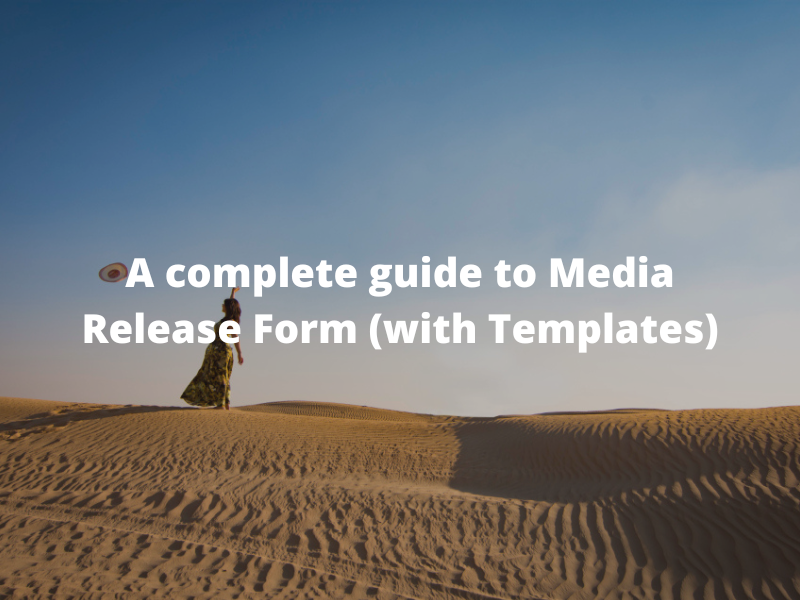
10 Jun 2022
6 min read

2 Jun 2022
6 min read

27 May 2022
6 min read

20 May 2022
6 min read

9 May 2022
6 min read

3 May 2022
3 min read

25 Apr 2022
5 min read

31 Mar 2022
1 min read

29 Mar 2022
1 min read

20 Mar 2022
6 min read

12 Mar 2022
5 min read
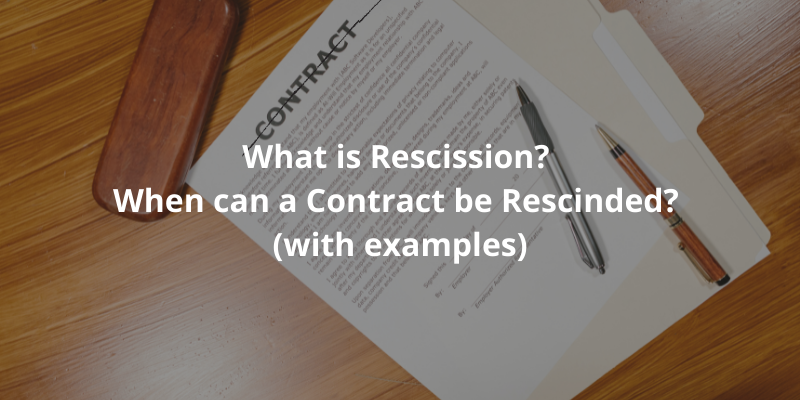
21 Feb 2022
5 min read

31 Jan 2022
5 min read

13 Jan 2022
4 min read

3 Jan 2022
5 min read

7 Dec 2021
11 min read
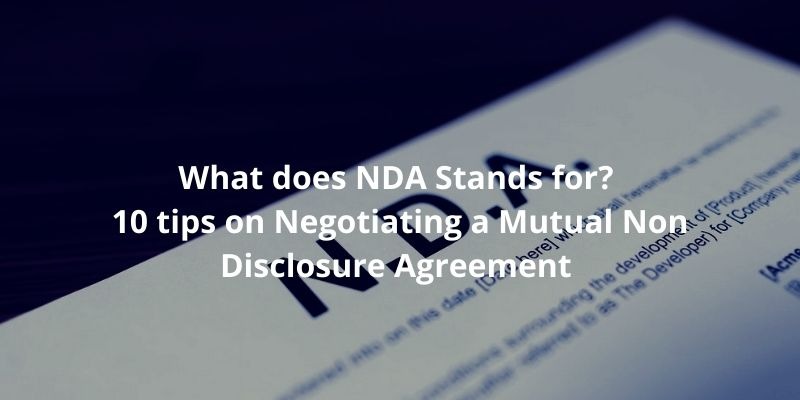
14 Nov 2021
6 min read

1 Nov 2021
9 min read

21 Oct 2021
1 min read

17 Oct 2021
7 min read
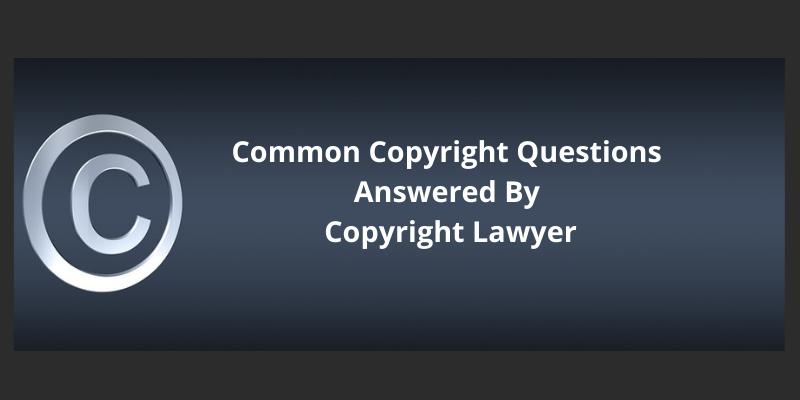
7 Oct 2021
12 min read

16 Sep 2021
4 min read
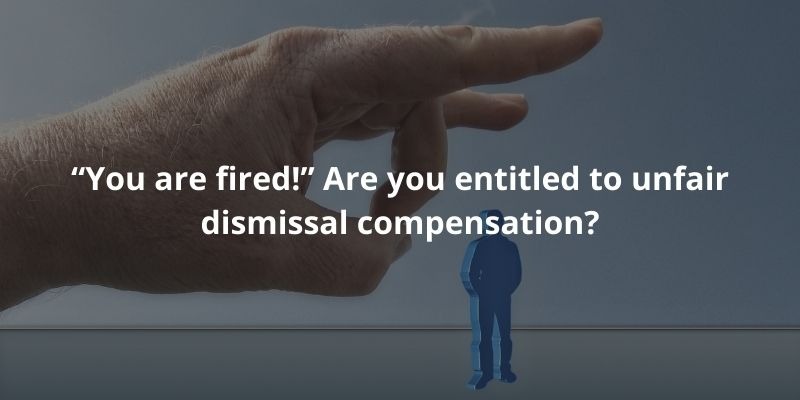
14 Sep 2021
5 min read

10 Sep 2021
3 min read

31 Aug 2021
4 min read
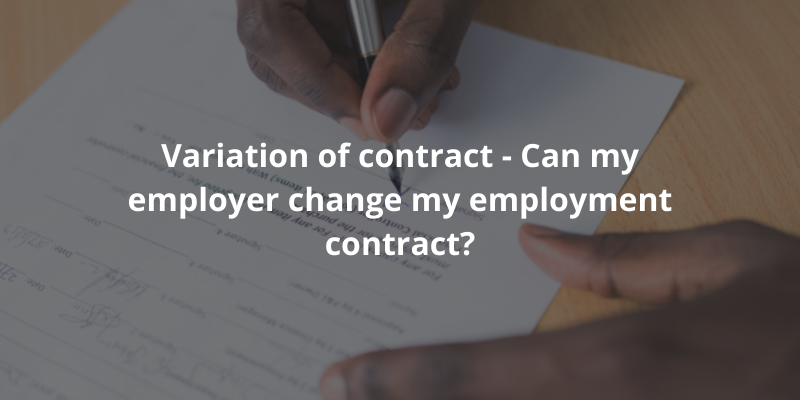
23 Aug 2021
3 min read
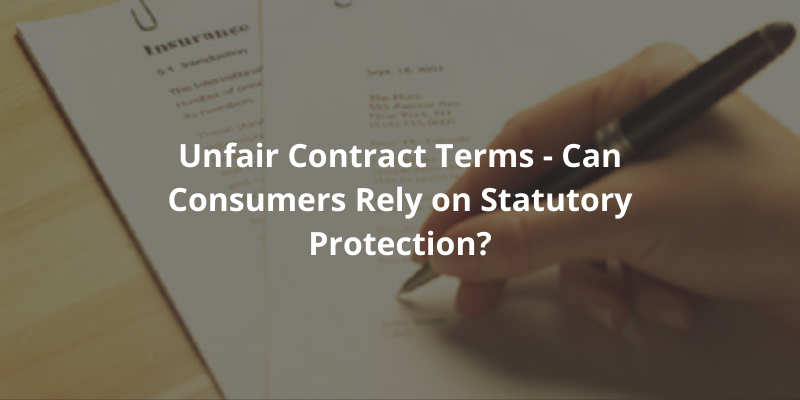
16 Aug 2021
5 min read

30 Jul 2021
6 min read
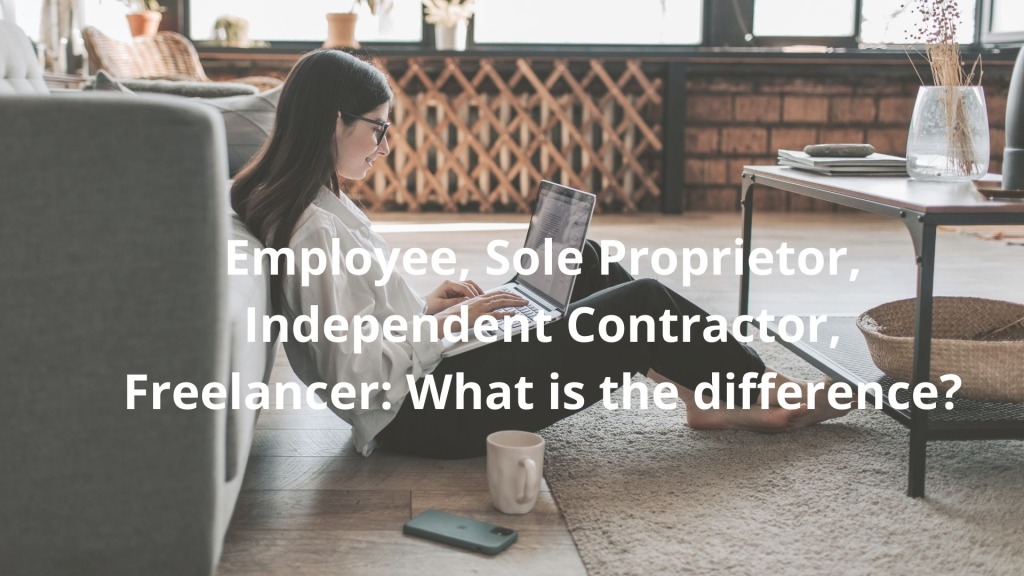
23 Jul 2021
7 min read

13 Jul 2021
5 min read
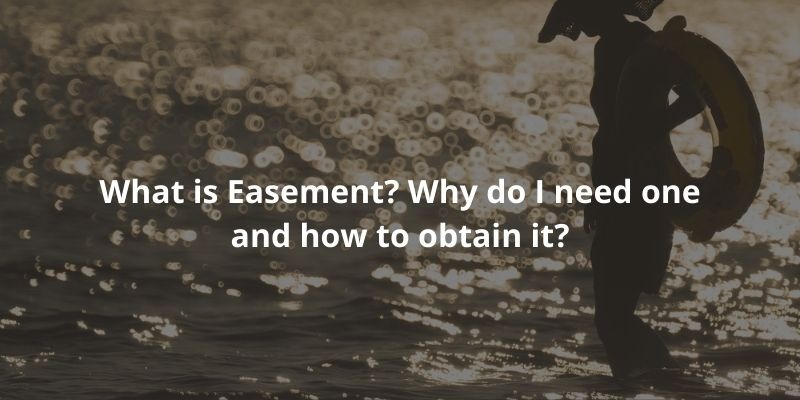
2 Jul 2021
5 min read

24 Jun 2021
5 min read

15 Jun 2021
4 min read

4 Jun 2021
6 min read
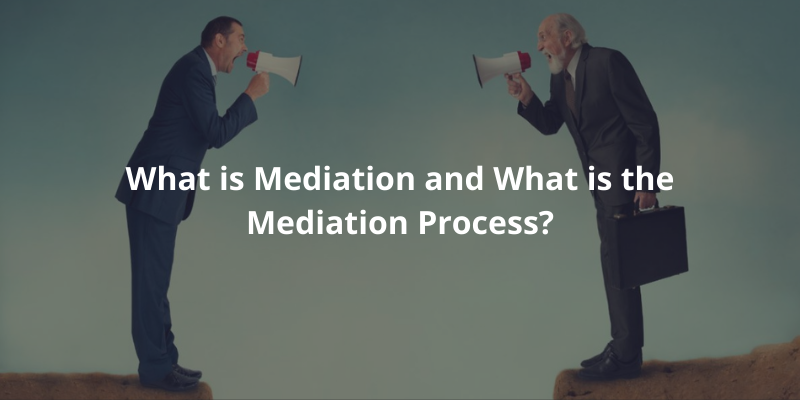
28 May 2021
5 min read

21 May 2021
5 min read

14 May 2021
5 min read

7 May 2021
5 min read

30 Apr 2021
5 min read

23 Apr 2021
5 min read

16 Apr 2021
5 min read
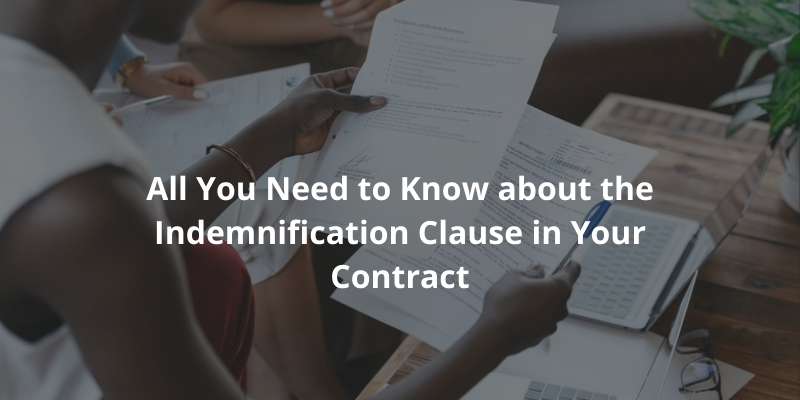
9 Apr 2021
5 min read

1 Apr 2021
5 min read

26 Mar 2021
4 min read

19 Mar 2021
5 min read

12 Mar 2021
5 min read

5 Mar 2021
6 min read
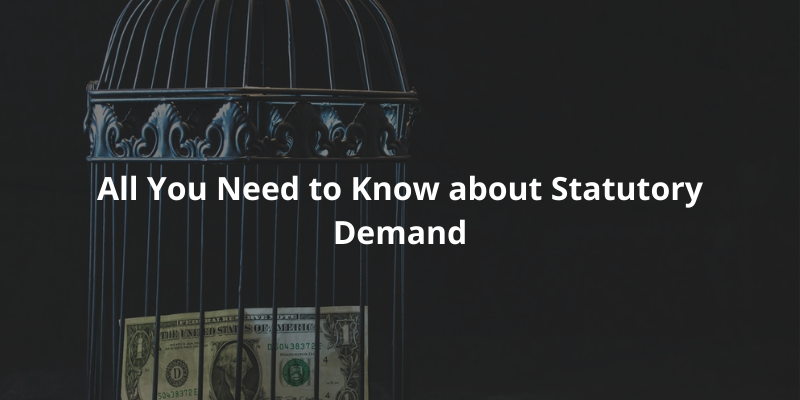
26 Feb 2021
5 min read

19 Feb 2021
6 min read

11 Feb 2021
5 min read

29 Jan 2021
6 min read
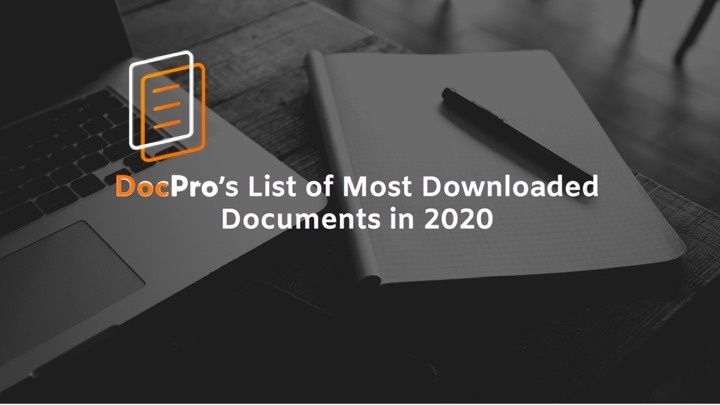
29 Jan 2021
3 min read

22 Jan 2021
6 min read

15 Jan 2021
6 min read

8 Jan 2021
6 min read

31 Dec 2020
6 min read

24 Dec 2020
0 min read

24 Dec 2020
7 min read

18 Dec 2020
6 min read

11 Dec 2020
6 min read

4 Dec 2020
6 min read
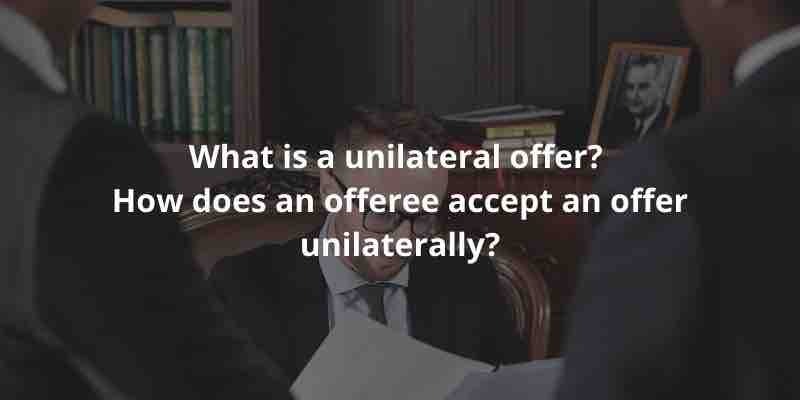
27 Nov 2020
6 min read

27 Nov 2020
7 min read

22 Nov 2020
7 min read
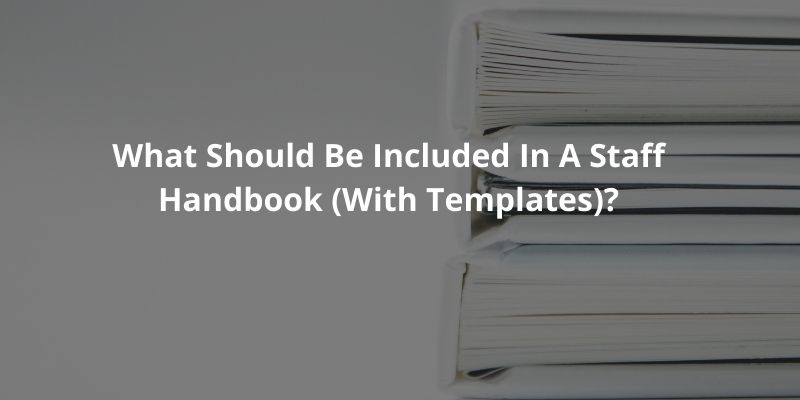
13 Nov 2020
8 min read
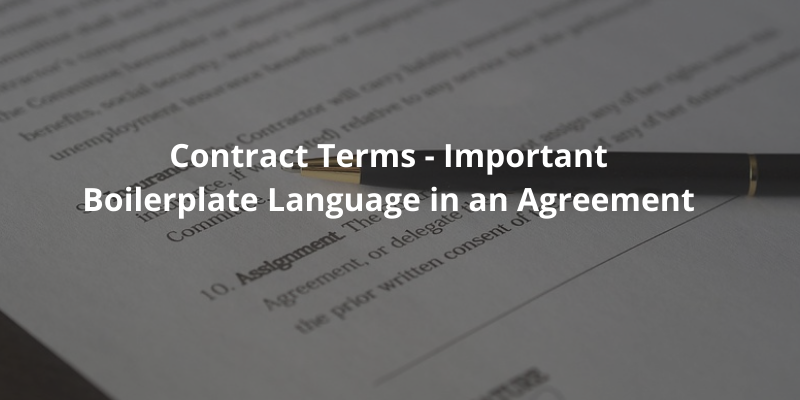
12 Nov 2020
8 min read
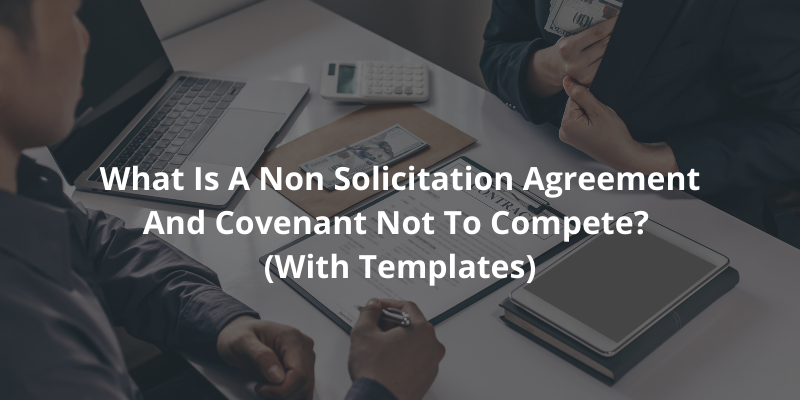
7 Nov 2020
8 min read

5 Nov 2020
6 min read
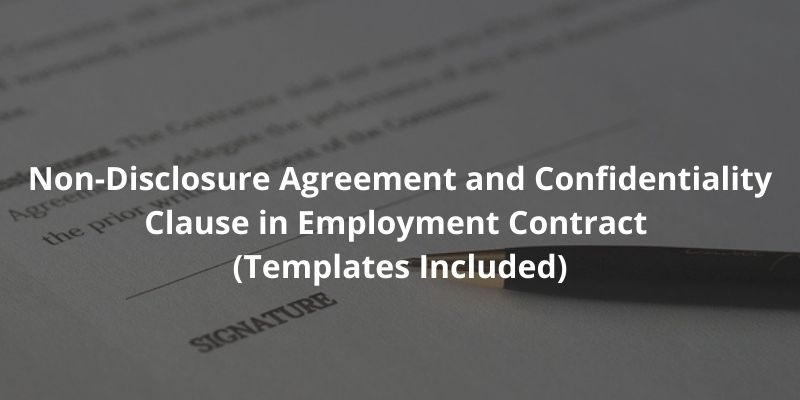
30 Oct 2020
7 min read
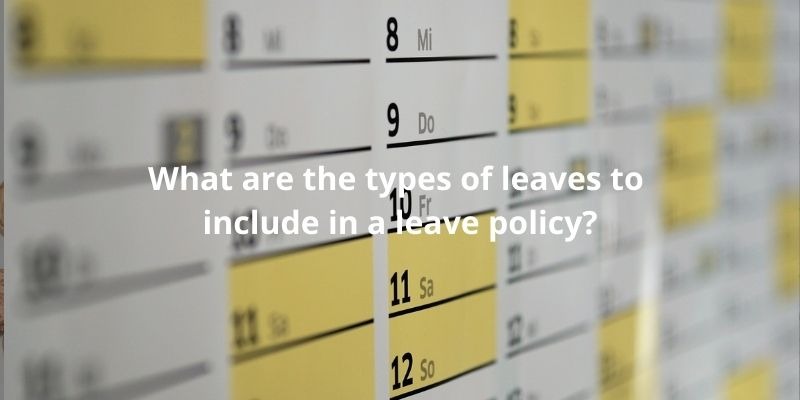
29 Oct 2020
8 min read

23 Oct 2020
7 min read

19 Oct 2020
8 min read

16 Oct 2020
10 min read

7 Oct 2020
9 min read
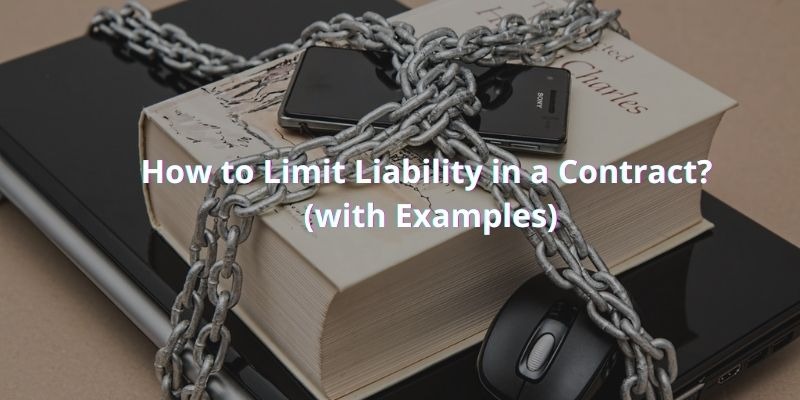
28 Sep 2020
8 min read

18 Sep 2020
7 min read

9 Sep 2020
7 min read

3 Sep 2020
7 min read

27 Aug 2020
8 min read

27 Aug 2020
9 min read

19 Aug 2020
8 min read

17 Aug 2020
8 min read

11 Aug 2020
8 min read

11 Aug 2020
8 min read

10 Aug 2020
11 min read

10 Aug 2020
9 min read

7 Aug 2020
9 min read

4 Aug 2020
9 min read

3 Aug 2020
10 min read

23 Jul 2020
8 min read

23 Jul 2020
8 min read

12 Jul 2020
8 min read
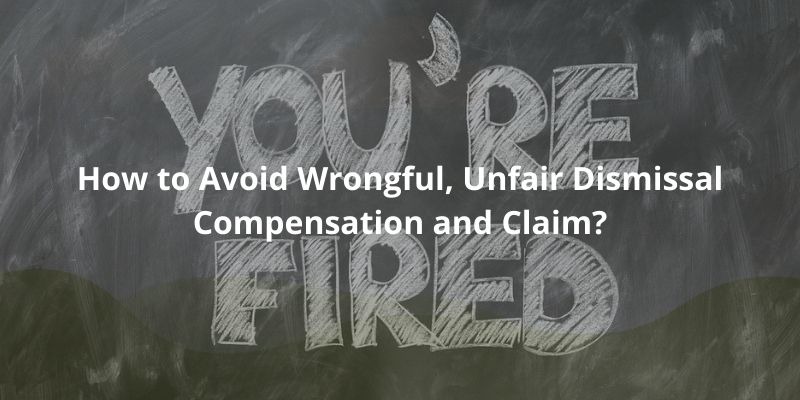
5 Jul 2020
7 min read
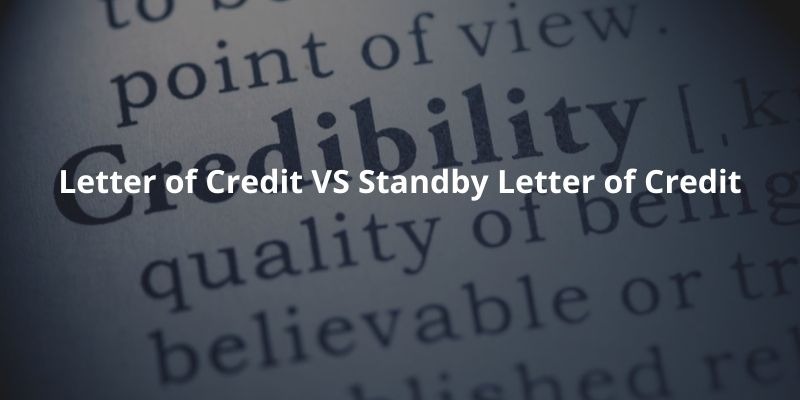
25 Jun 2020
7 min read

12 Jun 2020
9 min read

11 Jun 2020
9 min read

9 Jun 2020
9 min read

8 Jun 2020
8 min read

4 Jun 2020
5 min read

4 Jun 2020
8 min read

2 Jun 2020
10 min read

28 May 2020
13 min read

25 May 2020
8 min read

1 May 2020
10 min read

1 Apr 2020
6 min read

1 Mar 2020
11 min read

1 Feb 2020
11 min read

8 Jan 2020
9 min read

1 Jan 2020
1 min read

10 Dec 2019
7 min read

26 Nov 2019
8 min read

5 Nov 2019
5 min read

24 Oct 2019
3 min read

1 Oct 2019
1 min read

1 Oct 2019
1 min read
